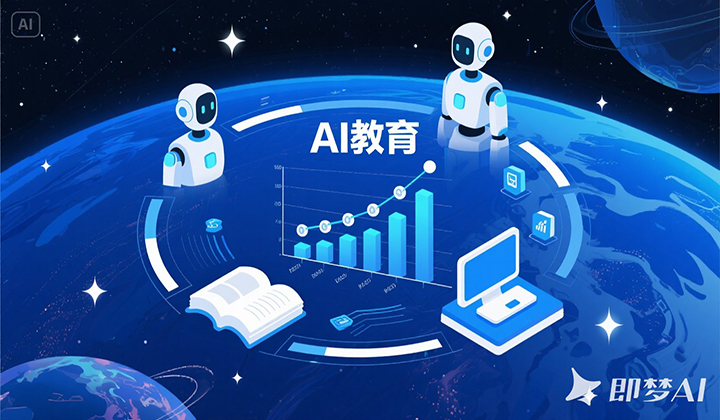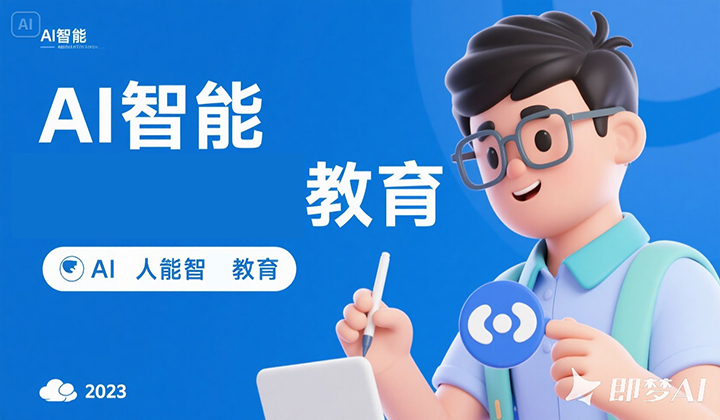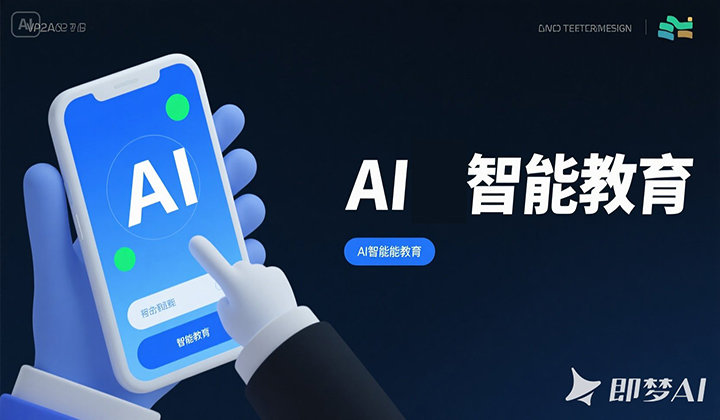Transforming Learning: How AI is Redefining Education for a New Generation
Transforming Learning: How AI is Redefining Education for a New Generation
In a dawn-lit classroom, a student struggles with algebra—until a digital tutor adjusts the lesson, sensing confusion in real time. Across the globe, teachers use AI to identify patterns in essays, allowing feedback that speaks to each student’s unique mind. This is not the future; it’s today’s reality, where AI enhances education—not by replacing human connection, but by deepening it.

1. Personalized Learning: Technology as the Attentive Mentor
Gone are the days of uniform curricula. AI-driven adaptive systems act as tireless mentors, decoding how each student learns through every interaction—pauses, corrections, even mouse clicks. A struggling reader might encounter simplified stories with visuals, while advanced learners tackle Olympiad problems—all in the same space. These tools don’t just track progress; they anticipate needs. A history student confused by 19th-century economics might receive a podcast and infographic, translating abstract ideas into their "cognitive language." This is education as respect—honoring that no two minds grow alike, turning standardized learning into a journey where every student feels seen.
2. Teachers: From Instructors to Innovators
Critics fear AI will erase the human touch, but it does the opposite. As machines handle grading and drills, teachers reclaim their true power: to inspire. Imagine a science teacher whose AI flags students struggling with photosynthesis. Instead of generic explanations, she designs a lab where students experiment with plant growth, guiding them to discover principles through curiosity. In literature, AI may analyze structure, but teachers help students find emotion in metaphors or link stories to their lives. AI becomes a collaborator, freeing educators to nurture critical thinking and empathy—skills no algorithm can master. The classroom evolves into a workshop for human potential, not just knowledge transfer.
3. AI as the Equalizer: Education for All
The greatest promise of AI lies in breaking barriers. In rural villages or conflict zones, AI platforms bring quality education to mobile screens。For students with dyslexia or ADHD, AI offers tailored support: text-to-speech at their pace, fidget-friendly interfaces, or timed breaks. These tools don’t just equalize access; they recognize education as a right, not a privilege. A child in a remote village and a student in a bustling city can now learn from the same adaptive mentors, their unique needs met by technology that adapts without judgment.
Yet vigilance is key. We must ensure AI doesn’t amplify biases or reduce learning to data points. The goal is enhancement, not replacement—like a duet where technology provides the rhythm, and teachers add the soul. As we shape this future, the question isn’t whether AI will change education, but how we can craft an education that honors the complexity of human growth.
The answer is clear: AI is a partner, not a tool. It frees us to focus on what matters most—the spark of understanding in a student’s eye, the bond of shared struggle, the belief that every mind has unique gifts. In this vision, AI doesn’t define education’s future; it builds a bridge to a future where education finally fulfills its promise: nurturing not just learners, but dreamers, thinkers, and creators ready to shape a better world.














